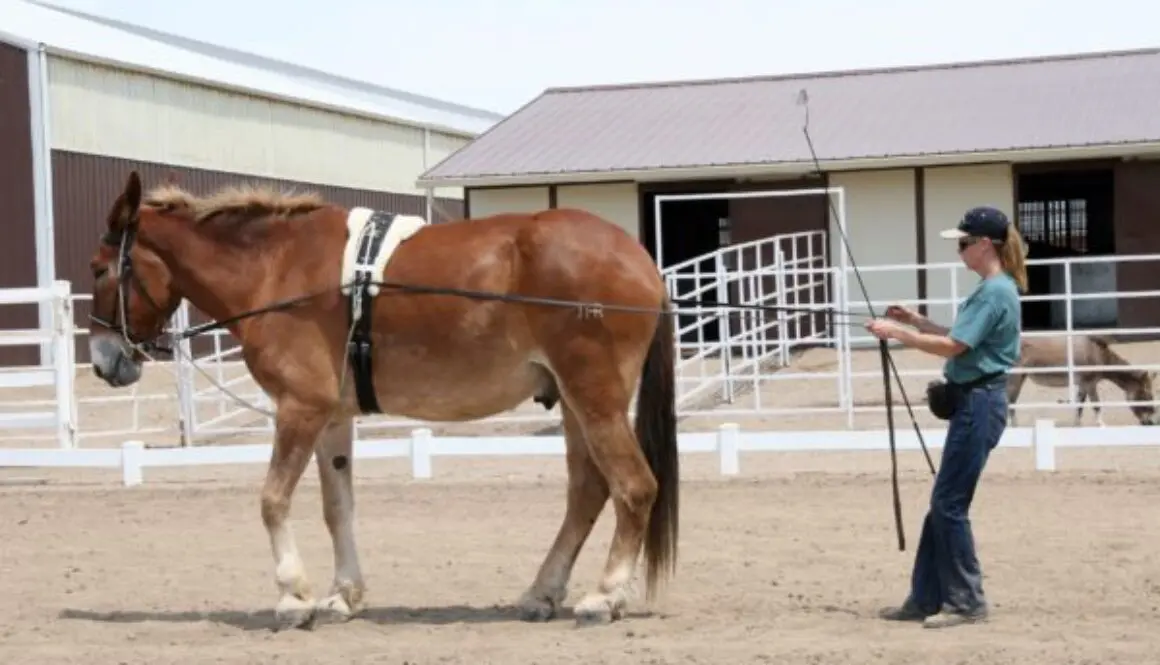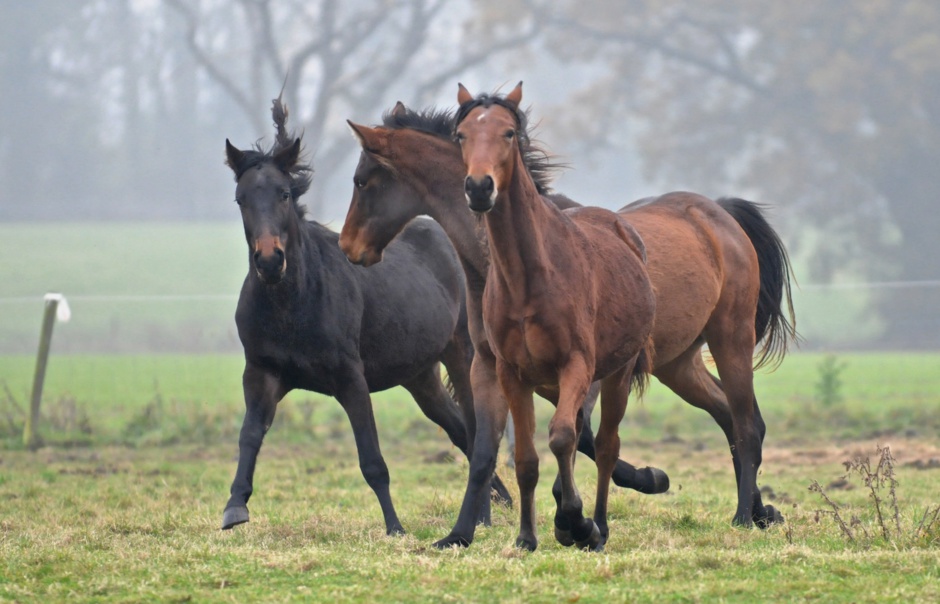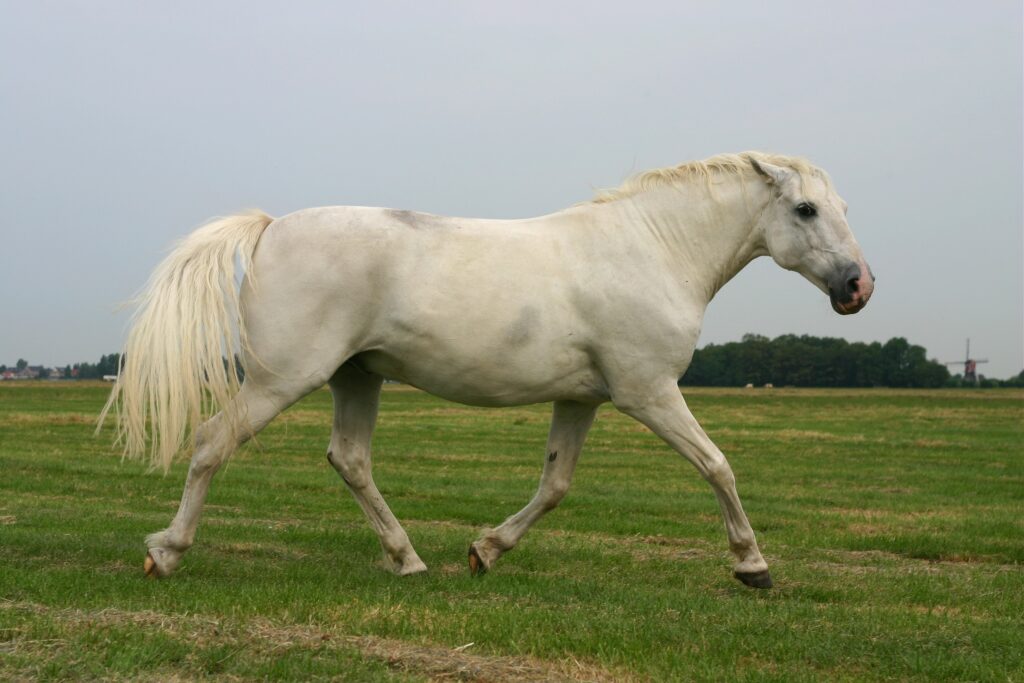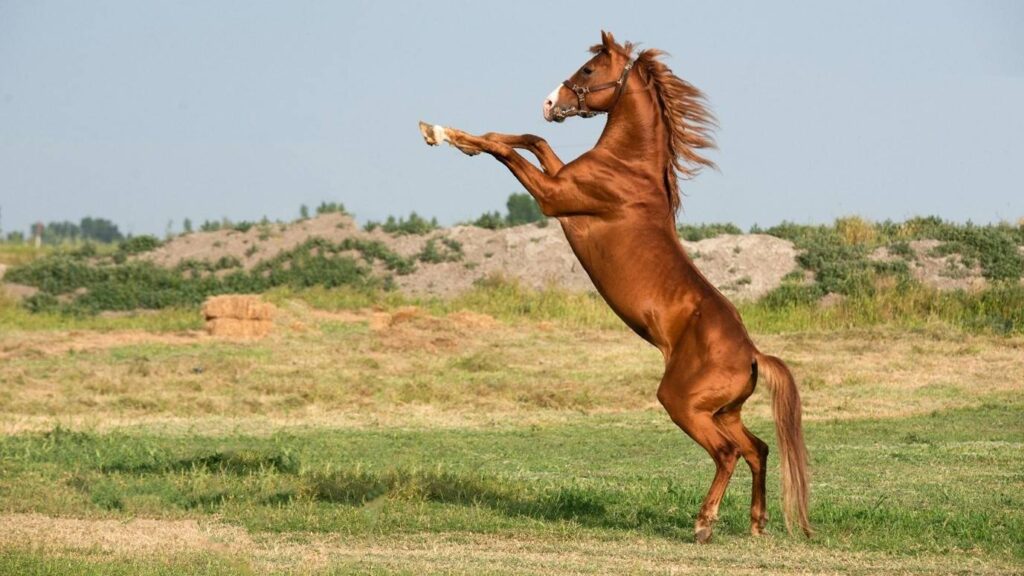The art of horse liberty training has captured the hearts of equestrians around the world. This unique form of training allows horses to move freely without the use of reins, bits, or saddles. Instead, it relies on building a strong bond and mutual respect between the horse and trainer. In this article, we will explore the principles, methods, and benefits of horse liberty training, providing you with a comprehensive understanding of this fascinating discipline.

What is Horse Liberty Training?
Horse liberty training is a method that involves working with a horse in open spaces, allowing it to move freely without physical restraints. The goal is to establish a deep connection and trust between the horse and the trainer. This training emphasizes communication through body language, voice commands, and subtle cues.
The Benefits of Horse Liberty Training
Building Trust and Communication
One of the primary benefits of horse liberty training is the development of trust and communication. By working without restraints, the horse learns to respond to the trainer’s cues and signals, fostering a strong bond.
Enhancing Physical and Mental Well-being
This type of training promotes the horse’s physical and mental well-being. It encourages natural movement and reduces stress, allowing the horse to express itself freely.
Principles of Horse Liberty Training
Respect and Patience
Respect and patience are fundamental principles in horse liberty training. The trainer must approach the horse with understanding and kindness, allowing the horse to learn at its own pace.
Consistency and Repetition
Consistency and repetition are key to successful horse liberty training. Regular practice and reinforcement of commands help the horse understand and respond to cues effectively.
Getting Started with Horse Liberty Training
Choosing the Right Environment
Begin training in a safe, enclosed area free from distractions. This will help the horse focus on the trainer and prevent it from wandering off.
Establishing Basic Commands
Start with basic commands and gradually build complexity. Commands like ‘stop,’ ‘go,’ and ‘turn’ are essential foundations for more advanced training.
Advanced Horse Liberty Training Techniques
Incorporating Obstacles
Introduce obstacles such as cones or poles to challenge the horse’s agility and attentiveness. This helps enhance its problem-solving skills.
Developing Complex Movements
As the horse becomes more comfortable, practice complex movements such as spins or side passes. These exercises improve coordination and responsiveness.
Common Challenges and Solutions
Addressing Fear and Anxiety
Some horses may exhibit fear or anxiety during training. It’s essential to remain calm and reassuring, giving the horse time to adjust.
Dealing with Distractions
Distractions can disrupt training sessions. Minimize external stimuli and maintain focus on the horse’s behavior and responses.
Success Stories in Horse Liberty Training
Many equestrians have experienced incredible success with horse liberty training. These stories often highlight the profound bond and harmony achieved between horse and trainer.
Frequently Asked Questions
What age is best to start horse liberty training?
Most trainers recommend starting when the horse is young, around 2-3 years old, as they are more adaptable to new experiences.
Can any horse breed participate in liberty training?
Yes, any horse breed can engage in liberty training. The key is to tailor techniques to the horse’s individual temperament and abilities.
How long does it take to see results?
The timeline for results varies depending on the horse and trainer. Consistent practice and patience are essential for progress.

Conclusion
Horse liberty training offers a rewarding and enriching experience for both horse and trainer. By fostering trust, communication, and mutual respect, this discipline enhances the connection between humans and horses. Whether you’re an experienced equestrian or a newcomer, the journey of horse liberty training promises to be a fulfilling adventure.
For additional insights on horse training techniques, you can visit Wild Jolie’s guide on horse training.
To learn more about horse commands, explore basic horse commands on Of Horse.
This article contains affiliate links. We may earn a commission at no extra cost to you.







